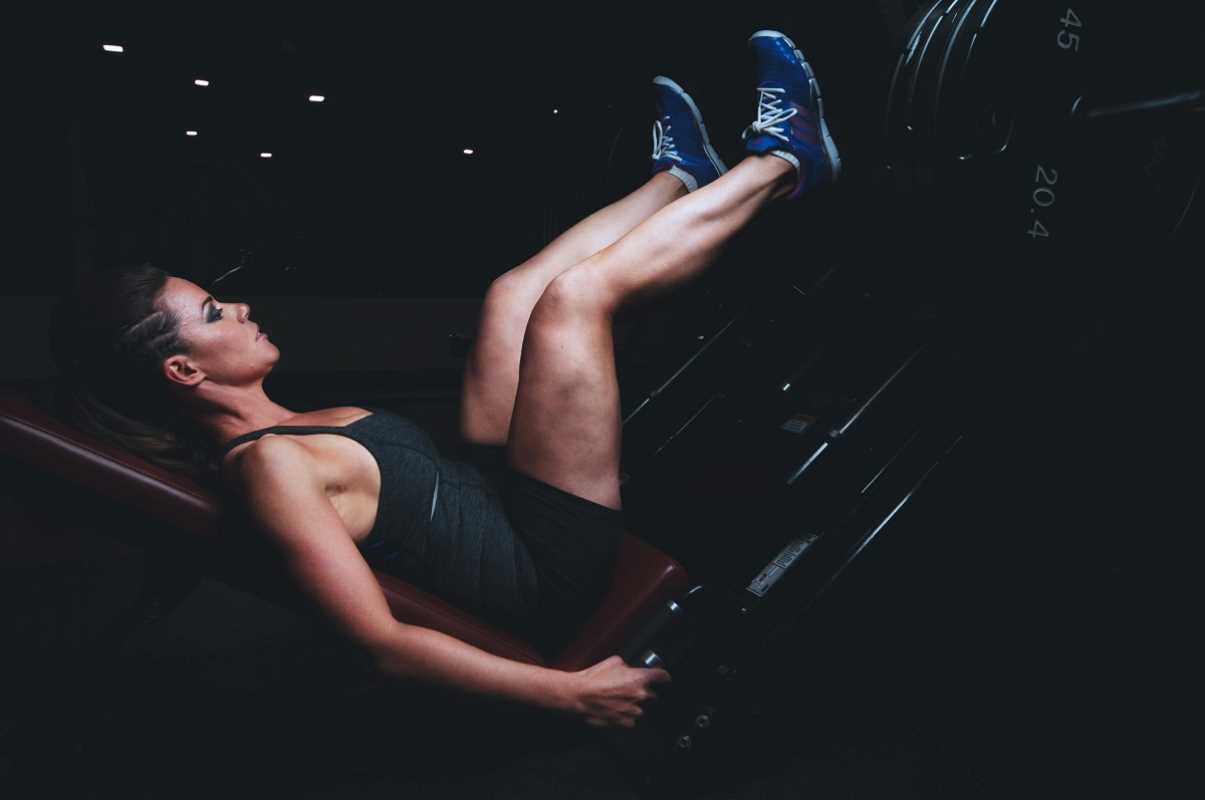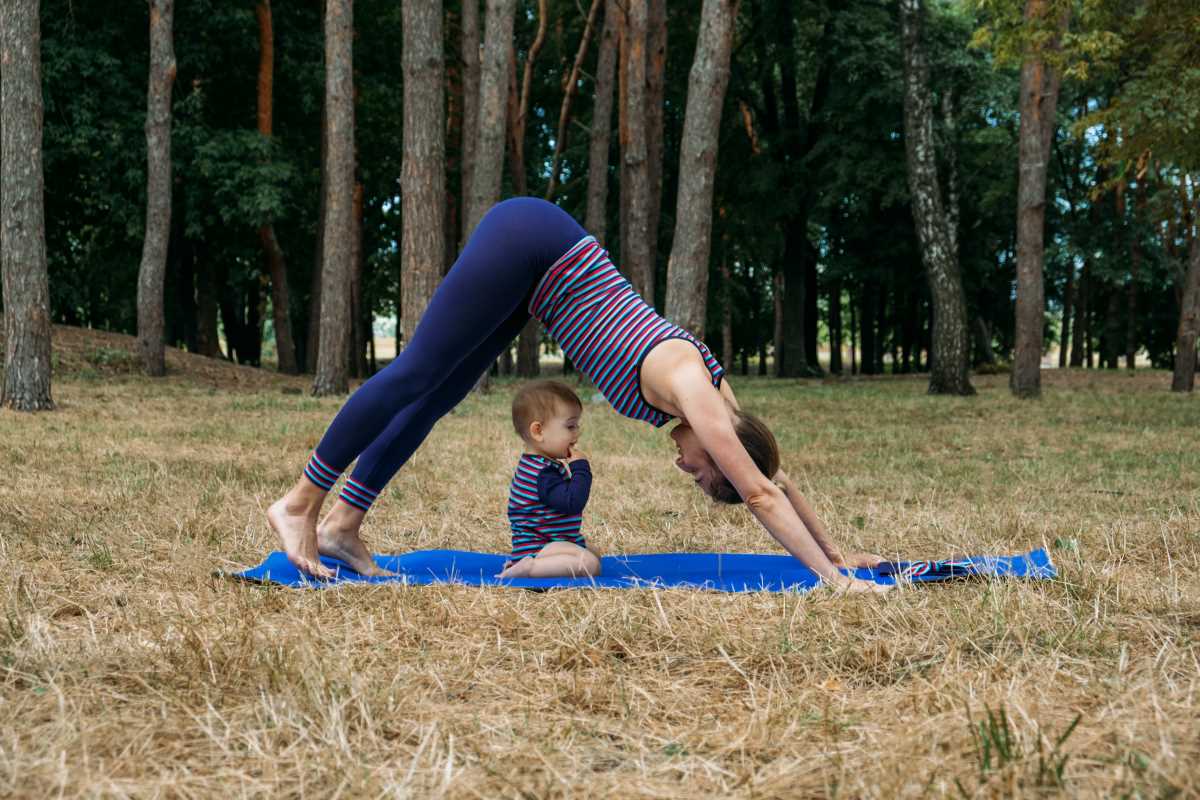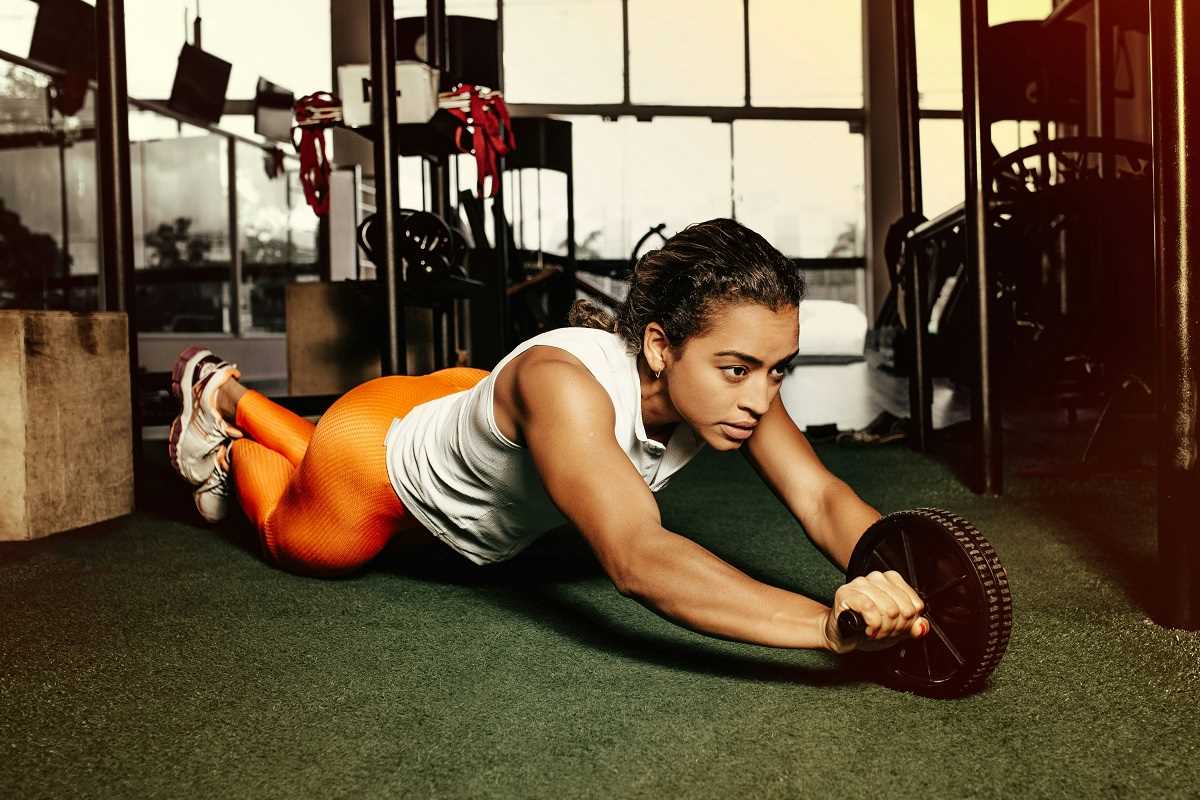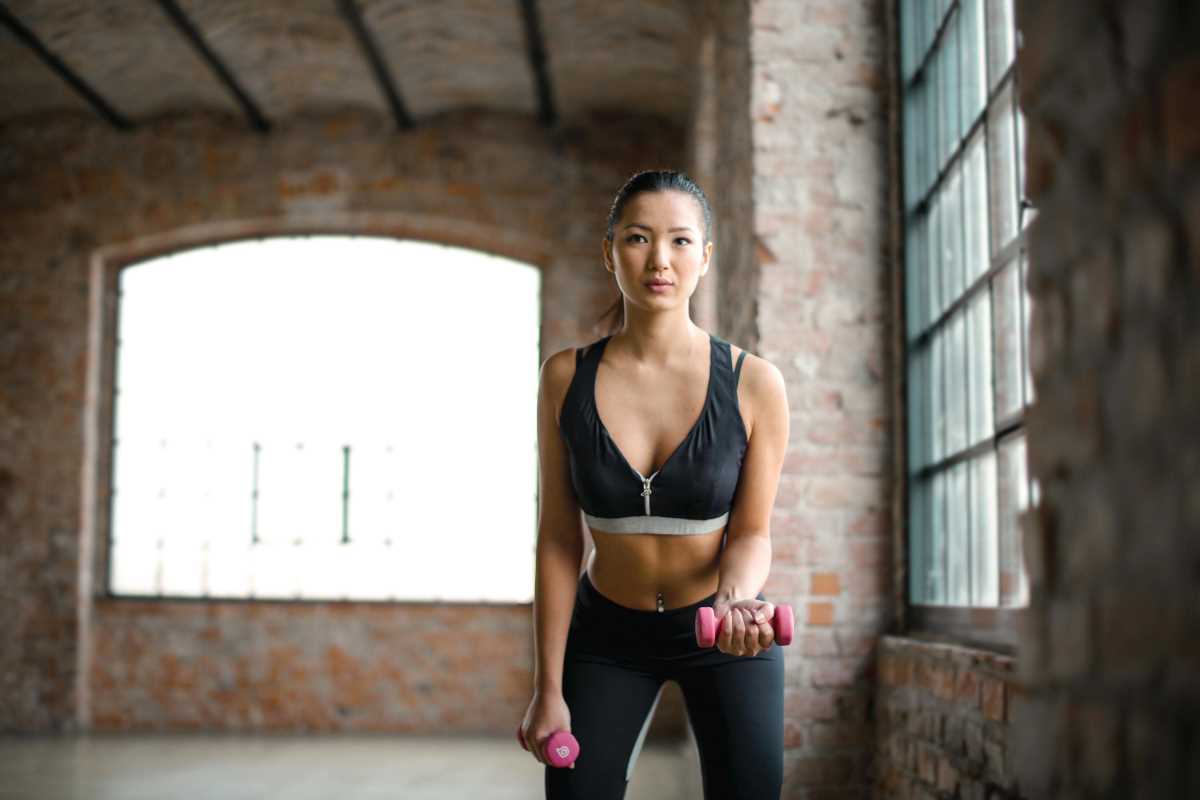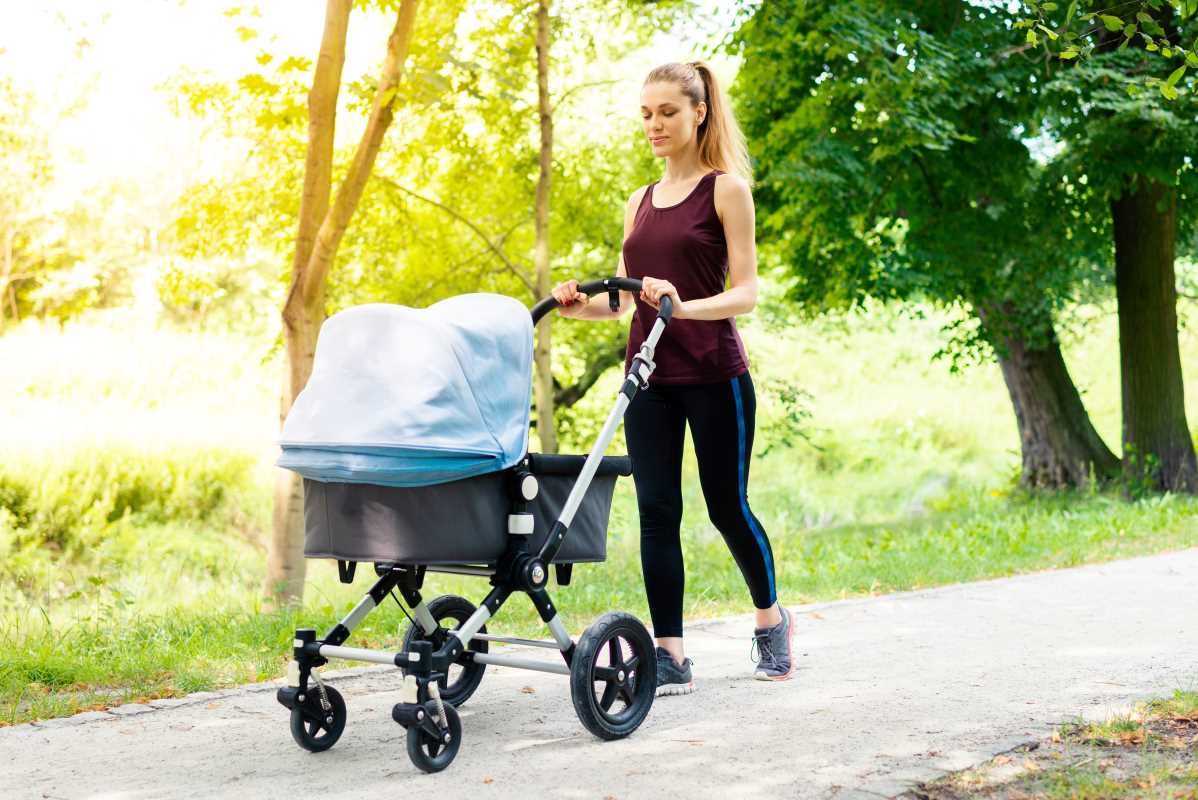Have you ever stopped to think about how your workouts translate to your everyday life? Sure, lifting a barbell or running on a treadmill might leave you feeling accomplished, but what about the strength and mobility needed to effortlessly carry groceries, chase after your kids, or climb a few flights of stairs? That’s where functional fitness comes into play.
What Is It?
Functional fitness focuses on training your body to perform real-life movements efficiently and safely. Unlike traditional workouts that often isolate individual muscles, functional fitness engages multiple muscle groups and mirrors actions you perform daily. It’s about movement with purpose, helping you become stronger, more agile, and better equipped to handle the tasks life throws at you.
Whether you’re a beginner seeking a practical approach to exercise or a seasoned trainer looking to up your game, functional fitness offers a dynamic and rewarding way to build true strength and resilience.
Why Bother?
The primary goal of functional fitness is to prepare your body for practical, everyday activities. By mimicking common movements like bending, pushing, lifting, and twisting, functional fitness enhances your ability to perform them with ease and reduces your risk of injury.
For instance, squats and lunges replicate the motions of sitting down and standing up, while carrying weights simulates the effort of hauling shopping bags or lifting a suitcase. Functional fitness doesn’t just make you stronger in the gym; it builds the physical aptitude needed for the real world.
The Benefits of Functional Fitness
Functional fitness delivers a range of benefits that go far beyond aesthetics. Here’s why incorporating this training technique into your routine is a game-changer.
1. Improved Movement Patterns
Functional exercises train movement, not just muscles. This improves coordination, balance, and posture, making everyday actions like bending, standing, and reaching easier and more fluid.
2. Enhanced Core Strength
Your core is at the center of everything you do—from twisting and lifting to maintaining stability while walking. Functional fitness focuses on engaging your core in nearly every movement, ensuring you build a solid foundation of strength.
3. Reduced Injury Risk
By targeting stabilizing and supporting muscles, functional fitness helps prevent imbalances that can lead to injuries. Training for real-life motions also reinforces proper movement mechanics, lowering the chance of accidents.
4. Time Efficiency
Many functional workouts incorporate compound movements that engage multiple muscle groups at once. This means you burn more calories, improve strength, and train your cardiovascular system all in a single session.
5. Greater Real-World Strength
The practical nature of functional fitness means your gains translate directly into daily tasks. Carrying heavy bags, climbing stairs, or lifting a child becomes second nature as your functional strength improves.
Functional Fitness vs. Traditional Training
While traditional strength training certainly has its place, it often focuses on isolating individual muscles through movements like bicep curls or leg presses. Functional fitness, on the other hand, looks at the bigger picture by training your body to work as a cohesive unit.
For example, performing a machine-based leg extension targets your quads but neglects supporting muscles like your hamstrings, glutes, and core. A functional exercise like a lunge engages multiple muscles and mimics natural movement patterns, ensuring you build both strength and stability.
Where traditional training often emphasizes aesthetics or isolated strength, functional fitness emphasizes practicality, efficiency, and balance.
Essential Functional Fitness Exercises
If you’re curious about incorporating functional fitness into your routine, start with these essential exercises. Each of these movements mimics real-life activities and strengthens your body in a holistic way.
1. Squats
- Why It’s Functional: Squats train your ability to sit, stand, and lift safely.
- How to Perform:
- Stand with feet shoulder-width apart.
- Lower your hips as if sitting into a chair, keeping your chest lifted and knees aligned over your toes.
- Return to standing by driving through your heels.
- Pro Tip: Start with bodyweight squats before progressing to weighted variations.
2. Deadlifts
- Why It’s Functional: Deadlifts replicate lifting objects from the ground, such as bags or boxes.
- How to Perform:
- Stand with feet hip-width apart and a barbell (or dumbbells) in front of you.
- Hinge at the hips and bend your knees slightly to grip the weight.
- Keep your back straight as you lift the weight, standing tall and squeezing your glutes.
- Pro Tip: Focus on slow, controlled movements to perfect your form.
3. Farmer’s Carry
- Why It’s Functional: This exercise builds grip strength and core stability, essential for carrying heavy items.
- How to Perform:
- Hold a dumbbell or kettlebell in each hand at your sides.
- Walk forward in a straight line, engaging your core and maintaining an upright posture.
- Continue for 20-30 steps, then rest.
- Pro Tip: Start with lighter weights before increasing the challenge.
4. Push-Ups
- Why It’s Functional: Push-ups strengthen the chest, shoulders, and core while mimicking the pushing motion used in everyday life.
- How to Perform:
- Start in a high plank position with hands under your shoulders.
- Lower your chest toward the floor while keeping your elbows at a 45-degree angle.
- Push back up to the starting position.
- Pro Tip: Modify by dropping to your knees if needed.
5. Lateral Lunges
- Why It’s Functional: Side lunges improve stability and mobility, preparing you for multi-directional movements.
- How to Perform:
- Stand with feet hip-width apart.
- Step your right foot out to the side, bending your right knee while keeping your left leg straight.
- Push back to the starting position and repeat on the other side.
- Pro Tip: Keep your chest up and core engaged throughout the movement.
Tips for Beginners
Starting with functional fitness can feel intimidating, but it doesn’t have to be. Here are a few tips to help you ease into this dynamic training approach.
- Master the Basics: Focus on perfecting foundational movements like squats and planks before progressing to more complex exercises.
- Start Slow: Begin with bodyweight exercises or light weights, gradually increasing resistance as your strength improves.
- Listen to Your Body: Pay close attention to form and avoid rushing through exercises. If something feels off, scale back and reassess your technique.
- Seek Guidance: Try a functional fitness class or work with a trainer to learn proper form and develop a tailored workout plan.
- Stay Consistent: Incorporate functional fitness 2-3 times a week to build strength and muscle memory over time.
How to Incorporate Functional Fitness
Functional fitness doesn’t require a specialized program. You can weave it into your current routine or design standalone functional workouts. Here’s how:
- Warm-Up: Begin with dynamic stretches that mimic functional movements, like high knees or arm circles, to prepare your body.
- Full-Body Circuits: Create circuits that combine 4-6 functional exercises with minimal rest in between. For example, pair squats, deadlifts, push-ups, and farmer’s carries for a time-efficient workout.
- Add Variety: Use kettlebells, resistance bands, and medicine balls to expand your movement repertoire.
- Monitor Progress: Track improvements in strength, stamina, and ease of daily activities. This will keep you motivated and on track toward your goals.
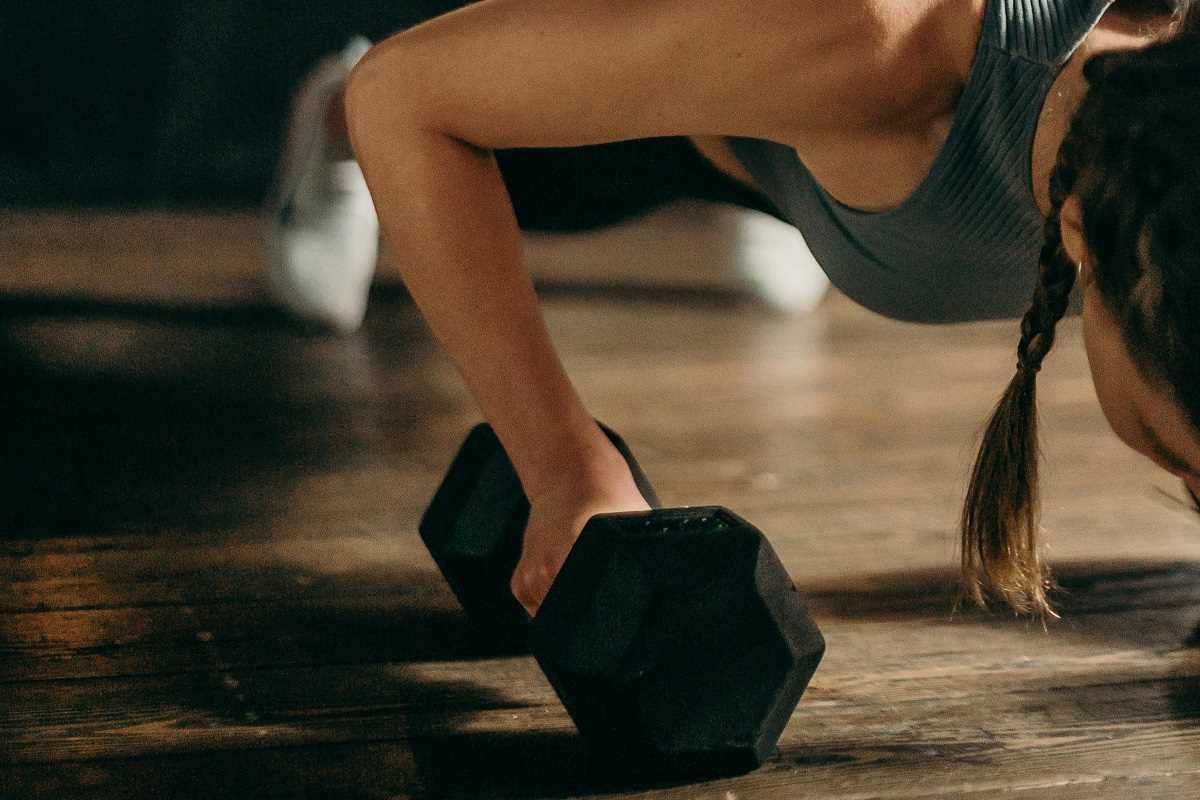 (Image via
(Image via
